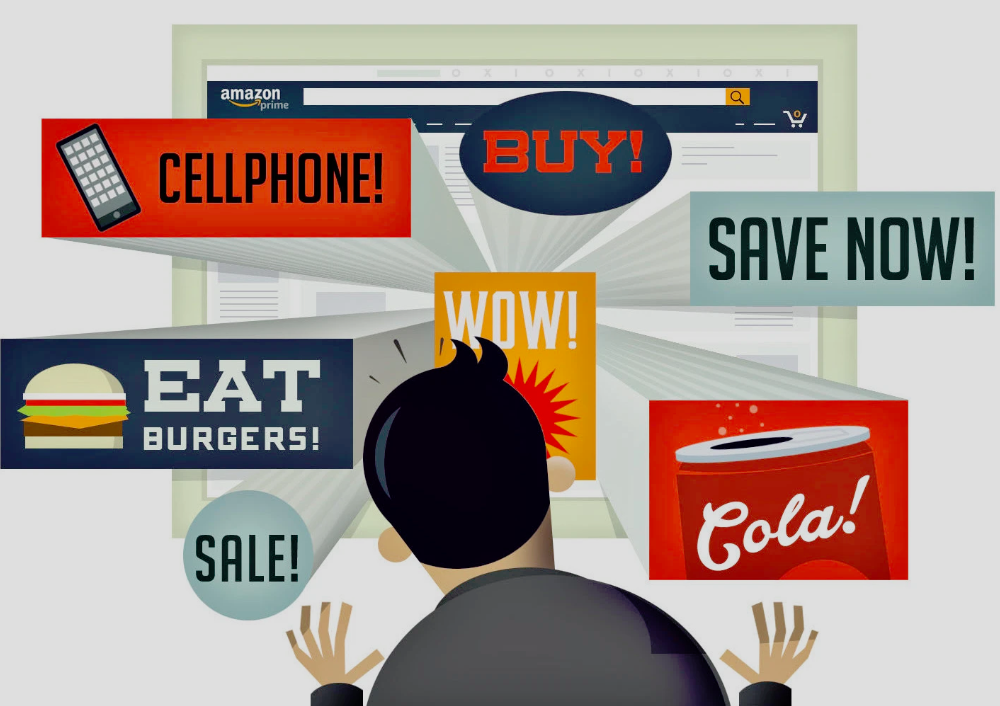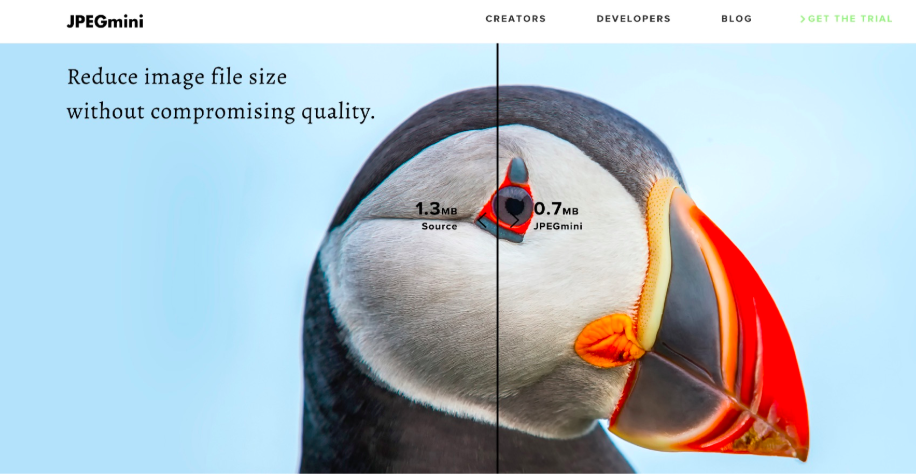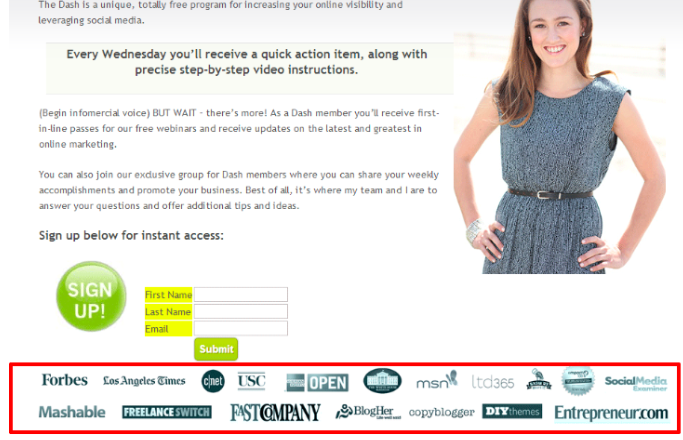
According to the reading provided on canvas this week, deciding whether to believe what we see online or not would be a challenge faced by most of us every single day. In this article, people are inclined to believe false news at least 20% of the time.
More information: https://time.com/5362183/the-real-fake-news-crisis/
What if the fake news is negative information about your online brand? What if this negative information are the fake new using by your competitors against you? How would you respond to this?
negative information about your brand showing online would damage your brand inevitably. According to some research, 22% of customers are less likely to purchase your products or service after encountering a negative review. If a business doesn’t address negative feedback—or does so in an unprofessional way—they’re likely to suffer a backlash from customers. You know what? Your competitors would like to use any of your potential weaknesses against your brand to gain your market share and to steal your customers. If you build a bad reputation by these negative information online, you are providing them a good chance to against yourself!

So what digital marketers should do to better manage their online brand. Some useful tips are below:
ORM: Online Reputation management
ORM is the act of monitoring and engaging in activities to understand and improve the overall public impression a company has online. Review and content about your online brand might exist everywhere on the internet that it is not easy for marketers to track and monitor this information. Based on this, there is an increasing number of organizations investing in online reputation management.
How could you respond to the negative content?
The first step is to apologize for the experience and take the conversation offline! When the feedback is negative, you should not become defensive or to attack. The best action is to give a short response to recognize the issue, apologize, and then invite the user to send a direct message or an email. The reason why giving a short response and taking the conversation offline is that your company should avoid mentioning the brand or product names in your response. Doing this could make the webpages with negative comments better optimized to rank for keywords your company cares about.
Responding rapidly is also a key point. Based on research, customers who received a rapid response were willing to spend six times more than those who received a response just fifteen minutes later.
Another key point is to take enough time to hear the customers’ frustrations and make sure you understand where the frustration is coming from. They know exactly you’ve heard them or not. Listening well will also help you decide whether and how to offer an apology.
Citation:
- James, L. (2019, March 14). How To Manage Your Brand’s Online Reputation. Retrieved from https://www.forbes.com/sites/sap/2019/03/14/how-to-manage-your-brands-online-reputation/#b9fe43d137ea.
- Gero, I. (n.d.). How to manage your brand’s online reputation. Retrieved November 2019, from https://www.lucidpress.com/blog/how-to-manage-brands-online-reputation.
- Steinmetz, K. (2018, August 9). How Your Brain Tricks You Into Believing Fake News. Retrieved from https://time.com/5362183/the-real-fake-news-crisis/.










